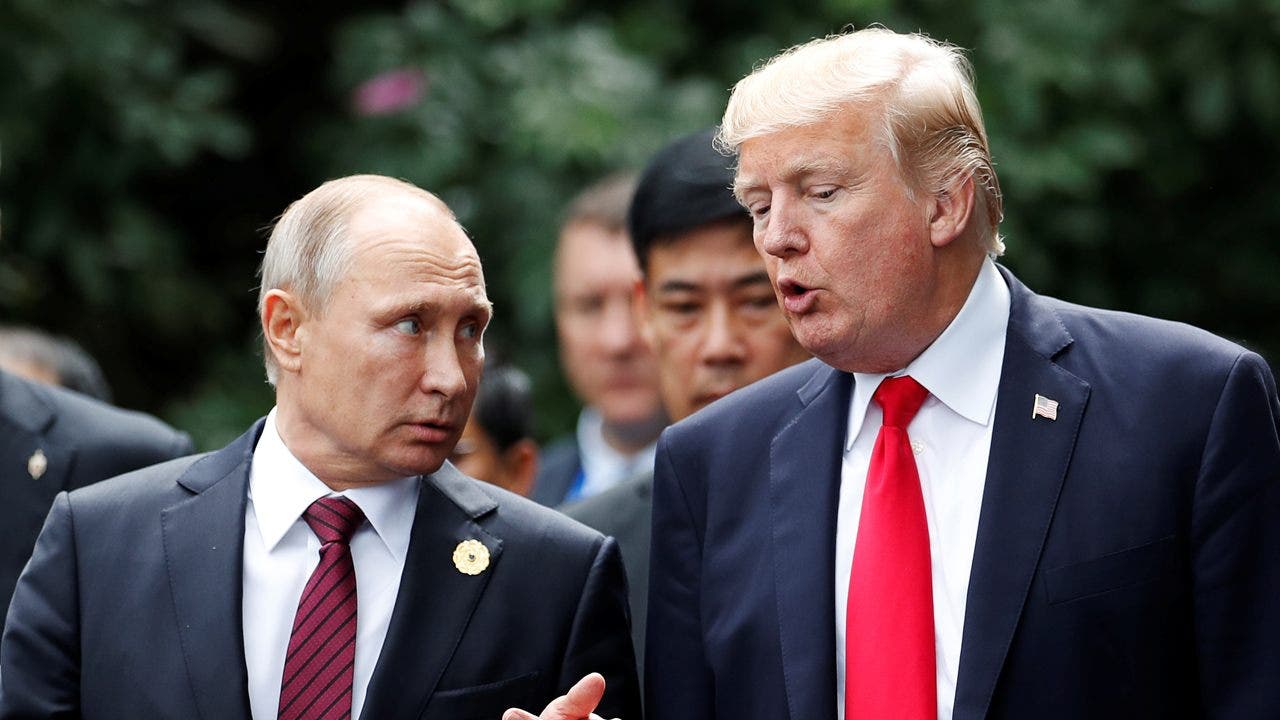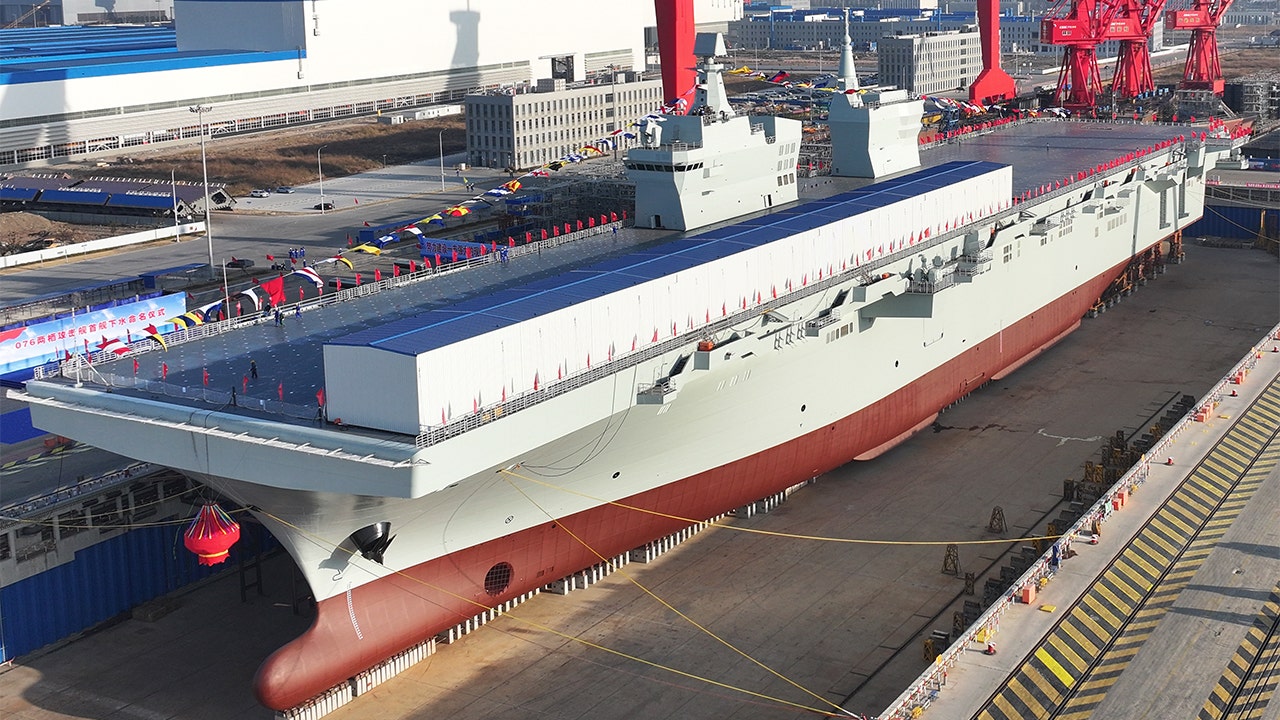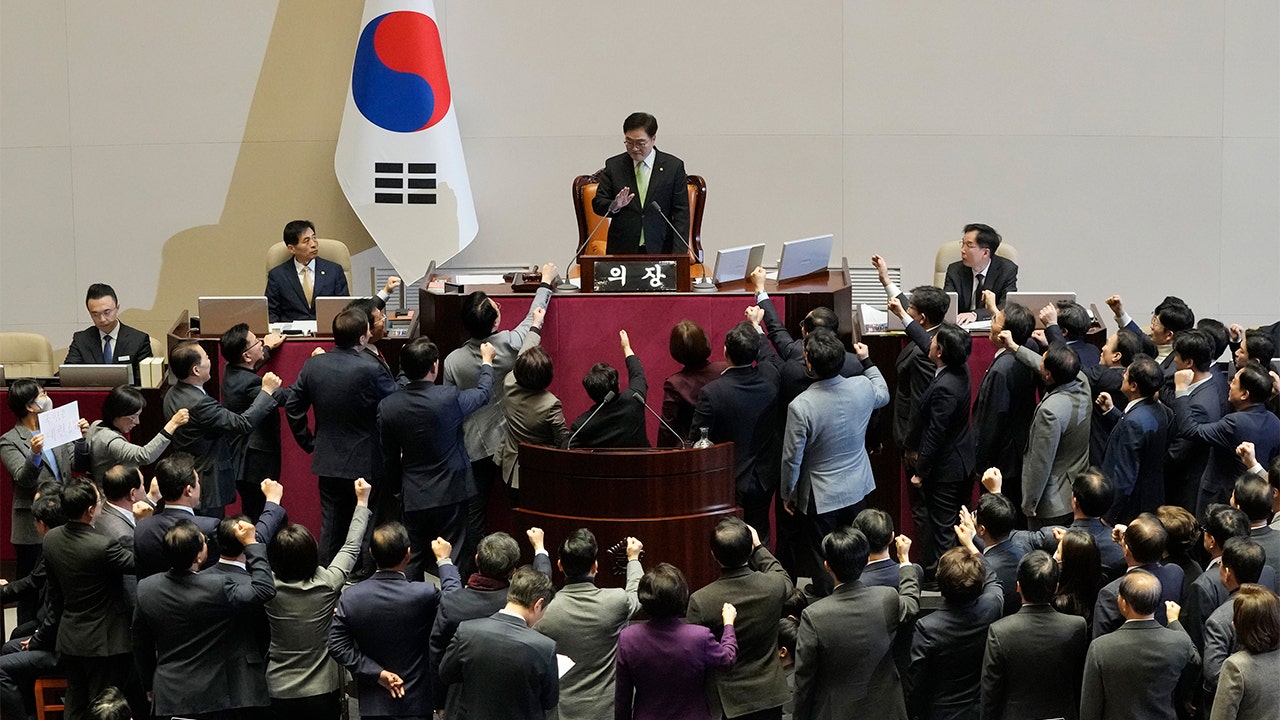75 years ago Mohandas K. was Gandhi shot by an assassin on his way to a regular evening prayer. Gandhi, then widely known as Mahatma, or “great soul,” less than a year earlier had helped guide India toward its independent future with millions of Indian nationalists at his side. He died as one of the most famous men in the world.
“The light has gone out of our lives,” Jawaharlal Nehru, the first Prime Minister of independent India, said on the radio to the weeping crowds on January 30, 1948, the day of the assassination.
In his famous improvised elegy, Nehru promised that the light brought by Gandhi would “enlighten this country for many more years to come”. And a thousand years later that light will be seen in this land and the world will see it and it will bring comfort to countless hearts.”
Gandhi is still revered far and wide, his name is synonymous with a certain type of virtue and action. Almost every city in rural India has a main street named MG Road in his honor, and some of the biggest government programs of the 21st century also bear his name. But India has changed in myriad ways since 1948, when his life was wiped out by Nathuram Godse, a Hindu ideologue wielding a Beretta pistol.
Lord Godse had assassinated Gandhi as a political enemy and accused him of being a traitor to Hindus. Mr. Godse was a Hindu nationalist who loathed and resented what he saw as Gandhi’s deference to minorities the partition of colonial India between an explicitly Muslim Pakistan and a multi-religious, secular (though mostly Hindu) Republic of India. Narendra Modi, the popular and increasingly powerful prime minister of the past eight years, has roots in the same Hindu nationalist movement. became members of his party caught partying by Mr. Godse – and rebuked for it – but were then allowed to stay in Parliament.
Mr Modi praises Gandhi on ritually appropriate occasions, but in India’s public spaces Gandhi is now revered relatively less.
India today is far prouder of its industrial and military achievements than Gandhi would have liked, and is eager for more. Mr. Modi’s messages fit this mood better. Nonetheless, Gandhi’s commitment to an independent and self-sufficient India, his wit and steely resolve, and his ability to combine aspects of spiritual leadership with politics continue to deserve respect.
How India is developing and finding its increasing importance on the world stage, The New York Times pored over archival photos to look back on those years of light that Gandhi brought to his countrymen and to the world. Here is a selection.
In the first of these paintings, Gandhi is shown on the right with his brother Laxmidas Gandhi in India in 1886. In the second photo he is in the middle in South Africa where he practiced law.
Gandhi spoke at a farewell meeting in South Africa in 1914 before going to Britain and later India in 1915. It was around this time that he was first bestowed the honorific Mahatma, or Great Soul.
Gandhi in 1924 with Indira, daughter of Nehru, who was Prime Minister after India gained independence in 1947. She later also served as the country’s prime minister, known by her married name Indira Gandhi. (She was not related to Mohandas K. Gandhi and was murdered himself1984.)
Gandhi in 1930 at the start of the protest that became known as the salt march. For several weeks, he and his followers hiked some 240 miles from his religious retreat on the Sabarmati River in Gujarat to the seaside town of Dandi, urging the Indians to defy colonial laws that tax salt and limit its production. The march sparked a major campaign of civil disobedience and drew international attention to Gandhi and his advocacy of satyagraha, or nonviolent resistance.
In the early 1930s, crowds gathered to hear Gandhi speak by the Sabarmati River.
Workers during a labor strike in the 1930s as the movement to end British colonial rule grew stronger. Tens of thousands were imprisoned for the Salt March or related protests, including Gandhi himself.
Gandhi breaking his fast after his release from prison. He fasted many times, including as a protest against colonial rule and British treatment of Native Americans who rebelled against it.
Gandhi meeting with Generalissimo Chiang Kai-shek of China in India. Fighting against an invading Japan in the 1930s and ‘In the 1940s, Chiang tried to gain Gandhi’s support for his war effort.
Gandhi arrived in Marseille, France in September 1931. During his European tour he also traveled to London to speak about the future of colonial India.
Crowds gathered on the streets of London when Gandhi visited the East End, where he raised awareness of the area’s poor by leaving a hotel and staying in a council house.
In East London, Gandhi met with Charlie Chaplin on his right. Chaplin wrote that it was meeting Gandhi that inspired him to create Modern Times, which portrayed the dehumanizing effects of mass production.
Gandhi, along with other leaders of the national movement, dictated his peace terms with Britain in the civil disobedience campaign started by the Salt March in 1931. The deal called for the release of political prisoners.
Gandhi, center, and Nehru, left, in December 1931 in Bombay, now known as Mumbai. Nehru’s political skills complemented the spiritual appeal of Gandhi To bring India’s struggle for freedom to a successful conclusion.
Gandhi left a prison that housed political prisoners in Calcutta, now known as Calcutta, in 1938 as part of negotiations for her release.
Gandhi during a quickly in 1939 that ended when the Viceroy of India agreed to the release of political prisoners.
Gandhi left the home of Muslim League leader Muhammad Ali Jinnah in New Delhi in November 1939. Jinnah later became Pakistan’s founding father.
Gandhi, fourth from right, on his daily walk in 1946 with his attendants and family members. Gandhi normally walked several kilometers a day.
Gandhi next to a spinning wheel in 1946. The charkha became one Indian Resistance symbol on Britain’s textile-based mercantilism and British rule in general.
Gandhi met Lord Mountbatten, the new Viceroy of India, and his wife, Lady Edwina Mountbatten, in 1947. It was the home stretch for colonial rule: India would be independent within a year and the viceroys would be no more.
Growing unrest between Hindus and Muslims exploded into riots along with India’s independence in 1947 its division to India and Pakistan, which prompted Jinnah and Gandhi to appeal for peace together.
Gandhi, center, visits a camp for Muslim refugees at Purana Qila in New Delhi. The refugees prepared to leave India for Pakistan in September 1947, a month after both countries had gained independence from Britain.
Gandhi at Birla House in New Delhi on January 29, 1948, the day before his assassination. He had made the compound, formerly the residence of one of India’s greatest industrialists, his base in the capital.
After the assassination, Gandhi’s great-niece placed flower petals on his head as his body lay in state at Birla House.
Gandhi was cremated on the banks of the Yamuna River.
Crowds lined the train tracks to pay homage as some of Gandhi’s ashes were transported by train to the Ganges to be scattered.
The spot where Gandhi fell.





